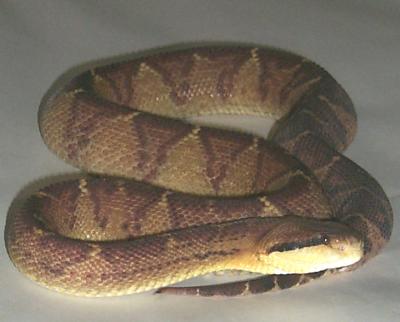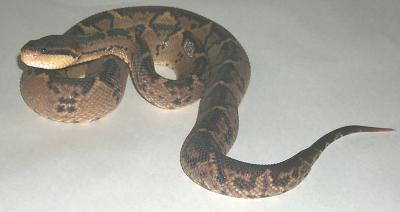|
The bushmaster presents an interesting case of a New World pit viper with
extremely complex venom. Gram for gram, the hemotoxic effects of their
venom are less severe than those of related snakes (Bucherl,
1971), but since they have the ability to inject so much more venom
than those snakes, the symptomatic effects of the venom can be more severe.
Their venom also exhibits neurotoxic effects, such as dizziness, nausea
and paralysis, usually seen only in the Old World elapids (Jorge,
1996). Case studies have shown that bites from different subspecies
of bushmaster produce different symptoms, and though this phenomenon is
poorly understood, it is essential when trying to produce antivenin for
bushmaster bite treatment. Some biologists claim that the venoms are similar
in chemical makeup, and that amount of venom injected is what determines
how severe symptoms will be (Otero, 1998),
while others believe that since the subspecies inhabit different areas,
their venom is biologically suited to the prey in their region. There is
also variation among the venoms of bushmasters of differing ages. Young
snake venom has prominent coagulant activity, but none of the deadly proteolytic,
necrotic or neurotoxic effects seen in older snakes (Gutierrez,
1989). |


